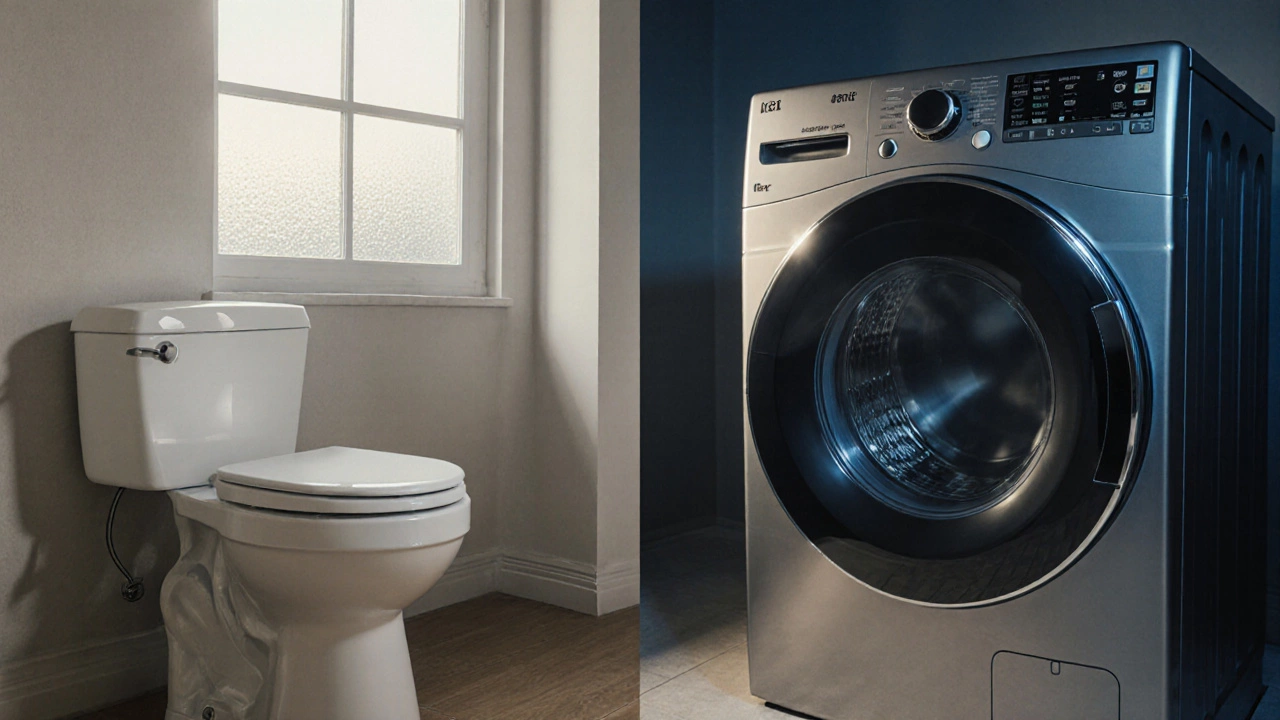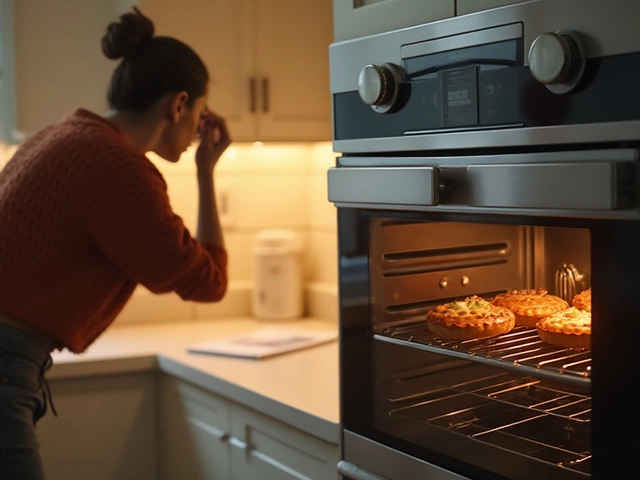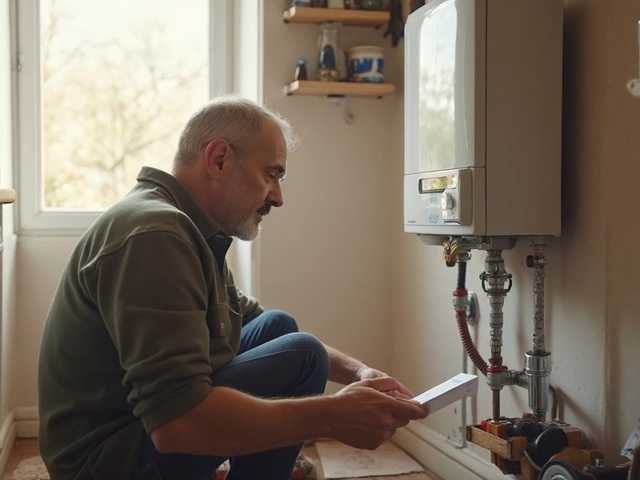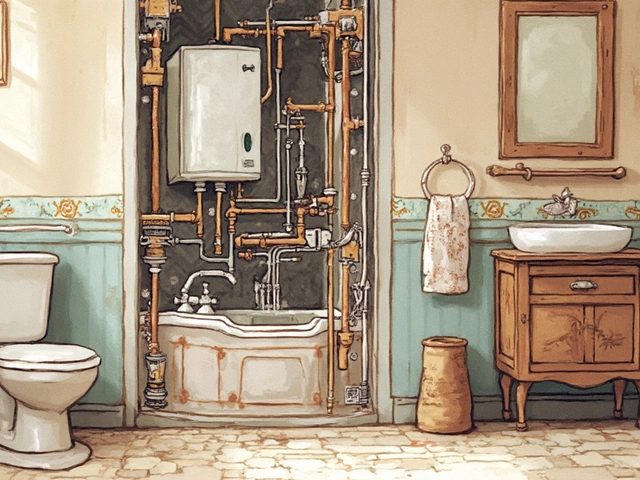When you hear the phrase fixture vs appliance, it refers to the comparison between permanently installed items and portable, service‑able devices used in a home. Also known as fixed installation versus movable equipment, this contrast helps homeowners decide where to invest time and money. For clarity, let’s also define two main players: a appliance, an electrically or gas‑powered device you can unplug or move, like a dishwasher or fridge and a fixture, a permanently attached component such as a sink, bathtub, or built‑in oven that is part of the building’s structure. Knowing these definitions sets the stage for the practical choices ahead.
First, installation method drives cost and effort. A fixture usually requires plumbing, electrical wiring, or structural work, meaning professional help is often needed and the expense can be high. An appliance, by contrast, is designed for DIY hookup—just plug it in or connect a hose and you’re good to go. This difference influences the repair cycle: fixtures tend to have longer lifespans but once they fail, fixing them can be invasive, while appliances may need more frequent part swaps but are easier to service.
Second, mobility plays a big role in planning a remodel. If you anticipate moving houses, an appliance like a washing machine travels with you; a fixture stays put, anchoring a kitchen layout. This affects resale value too—buyers often look for high‑quality fixtures (think stainless‑steel sinks) as a sign of a well‑maintained property, while reliable appliances add immediate utility.
Third, safety and energy use tie directly to the fixture vs appliance debate. Fixtures that involve gas or water connections demand regular inspections to prevent leaks or bursts, whereas appliances usually have built‑in safety features and clearer energy ratings. Choosing an energy‑efficient appliance can lower your bills, while a well‑installed fixture can reduce long‑term maintenance costs.
Finally, the decision impacts the overall design aesthetic. Fixtures define the visual framework of a room—think of a sleek kitchen faucet shaping the look of the countertop—while appliances provide functional style, such as a retro fridge that becomes a focal point. Balancing both helps create a harmonious space without compromising performance.
Below you’ll find a curated selection of articles that dive deeper into each aspect: from diagnosing boiler issues and resetting water heaters, to understanding oven element swaps and heat‑pump maintenance. Whether you’re fixing a leaky tap or weighing a brand‑new appliance purchase, the insights here will guide you through the practical side of the fixture vs appliance conversation.

Learn why a toilet is classified as a plumbing fixture, not an appliance, and how this impacts warranties, insurance, and repair choices.

When your electric oven unexpectedly stops working, it can throw your kitchen routine into chaos. Understanding the potential reasons behind this issue can help you fix it quickly. Whether it's a power supply problem, faulty elements, or user error, this guide will walk you through common causes and solutions to get your oven back in working order. Discover useful tips to identify and address troubles with your electric oven efficiently.

Wondering whether plumbers can fix your boiler? This article breaks down exactly what plumbers do, where their work overlaps with heating engineers, and when you need a specialist. You’ll get practical advice for dealing with boiler issues, tips for finding the right tradesperson, and a look at why gas safety credentials matter so much. There’s even a checklist for what to ask before hiring someone for your boiler job. Skip the confusion and figure out who to call, fast.

Struggling with an electric oven that isn't doing its job? This article guides you through common problems you might face with your electric oven, from strange noises to uneven cooking. You'll learn specific symptoms to watch for and practical ways to check what's wrong before calling a professional. Discover tips to keep your oven running smoothly and avoid kitchen headaches. No complicated jargon—just real advice that actually works.

Thinking about handling your own boiler service? Get the truth about what you can and can’t do, why safety matters, and which tasks are okay for homeowners. This article covers legal restrictions, common mistakes to avoid, and practical tips for everyday boiler care. Learn how to spot problems early and when it's really time to call a pro. Save yourself headaches, money, and maybe even a major disaster by knowing the facts.

A failing water heater element can leave you in the chilly lurch just when you need a warm shower. Learn how to diagnose the problem with simple, straightforward steps. This guide covers common symptoms, testing methods, and practical tips for handling a faulty element. We'll explain what's involved and offer insights for DIY repair or knowing when to call a professional.